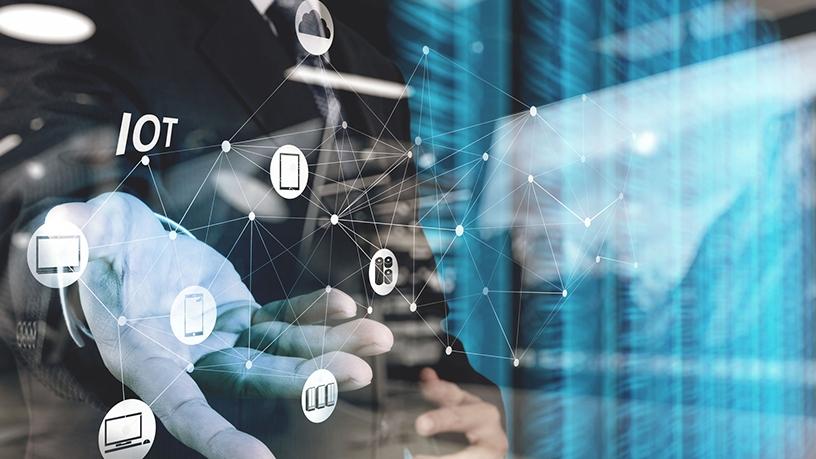
This week, the AC maintenance service specialist informed us that one of the device's remote controls was in near danger of being ruined due to an impending battery leakage.
Just in time, the warning saved us cost, time and effort, and added that extra sprinkling of customer service that makes such a considerable difference to customer loyalty.
Problems, unfortunately, have that funny (frustrating, annoying, costly) way of happening when least expected.
Who plans exactly when their car suffers from excessive oil consumption, a dead battery, transmission fault and more? Or when household appliances conk out? These issues influence personal productivity in the same way as industry productivity is affected when machinery breakdown can cause business failure.
Could the Internet of things (IOT) spell the end of this and also customer service? Indeed yes, fundamentally so, which is why contact centres need to take notice of the evolutions and real applications in this space, especially when it comes to predictive service, technologically solving the issues touched upon above.
"Predictive service is when an organisation utilises data from IOT-connected devices to predict when a problem might occur with that device. Then, they proactively reach out to the customer to solve the problem before it happens. This idea is radically altering the foundation of what customer service means," stated Daniel Foppen, senior principal product manager for Oracle Service Cloud.
So why are we still mostly relying on Murphy's Law when it comes to most of our devices?
Predictive service is dependent on a solid IOT infrastructure that gathers data from customers and their devices. And, it is the lack of interoperability standards plus the laws of data extraction that still need to be ironed out before our world disrupts again.
The end, or rather beginning is, however, near. Puru Govind, global head of IT at B2X, points out on Forbes CommunityVoice, "The IOT marketplaces of AT&T and Mozaiq, a joint venture of ABB, Bosch and Cisco, are working to find a solution to this problem. The two companies are building up an IOT community to enable devices from different manufacturers, and services from different providers, to communicate with each other. This allows developers to define how devices and services should communicate with each other to ensure a seamless customer experience."
In brief, think of it as your fridge 'realising' something is faulty and it (not you) calling the contact centre. Sensors connect and an intelligent exchange between artificial intelligence takes place. The ultimate scenario: self-diagnosis and self-healing. (For humans: No more awkward exchanges about the whirring noise the fridge was making at two in the morning and trying to explain what could possibly be wrong.)
Poignantly, Govind concludes: "The time has come for business professionals to change the way they look at managing customer experiences. Most service design principles are still based on the idea of customers actively interacting with brands. In the near future, many of these interactions will be invisible. They will happen underneath the surface and between machines; a great challenge and a new opportunity for brands to build a new competitive-edge."
It's time to put the 'C' in front of CX for the ultimate connected customer experience.
Share